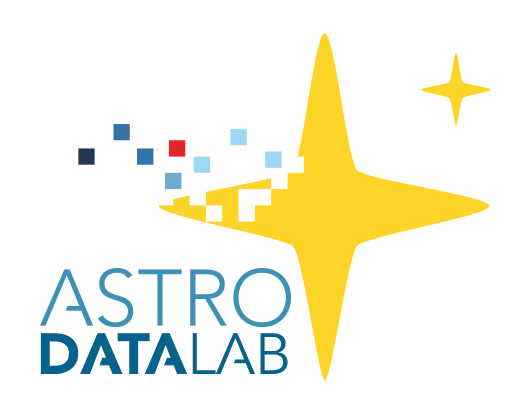1.6.2. Query Manager¶
1.6.2.1. Introduction¶
The Query Manager API provides a uniform HTTP interface to query tabular data in the DL databases via SQL. It also supports management of tables in a DL user’s personal database (MyDB). Anonymous access is available for synchronous queries of public data sets. Authorized access is required for all other operations. The results of authorized queries may be saved to a user’s virtual storage (VOSpace) or their MyDB. Query results may also be serialized in a number of specified formats, e.g., CSV/TSV, FITS binary.
Note: this description of the Query Manager is intended for developers - a revised version for users is a TO DO.
1.6.2.2. Query Manager API¶
The Query Manager API defines a number of service endpoints, URLs where the service can be accessed by a client application, to provide specific functionalities.
Endpoint |
Params |
Description |
|---|---|---|
adql, out, ofmt, uri, async |
Submit a query |
|
jobid |
Check the status of an asynchronous query |
|
jobid |
Retrieve the results of an asynchronous query |
|
user, service, dataid |
Check whether a user has access to particular data |
|
service, dataid |
Returns the metadata associated with a specific service |
|
table, schema |
Create a table in MyDB |
|
table |
Delete a table in MyDB |
|
source, target |
Rename a table in MyDB |
|
source, target |
Copy a table in MyDB |
|
table |
List a table in MyDB |
|
Perform a SIA query |
1.6.2.2.1. /query¶
This sends the specified query to the Data Lab. It takes the following arguments:
adql - the query to submit against the Data Lab data sets [optional]
out - the location which will receive the output results. This can be a local filename, a VOSpace (vos://someLocation) or MyDB table (mydb://some.table). If no output location is specified then the output is returned directly [optional]
ofmt - the output format of the results. Supported formats are: FITS (binary), CSV, and ASCII. [optional]
uri - the URI of a service from which to retrieve data. Note that saving the result in MyDB is not yet supported [optional]
async - a boolean indicating whether the query is to be run synchronously or asynchronously [optional]
1.6.2.2.2. /status¶
This returns the status of the specified asynchronous query. It takes the following arguments:
jobid - the identifier of the asynchronous query job [required]
1.6.2.2.3. /results¶
This retrieves the results of an asynchronous query once it has completed. It takes the following arguments:
jobid - the identifier of the asynchronous query job [required]
1.6.2.2.4. /available¶
This checks whether a user has access to a particular data set and service. It takes the following arguments:
user - the user identifier [required]
service - the type of service: tap, scs, sia, ssa [required]
dataid - the identifier of the data set [required]
1.6.2.2.5. /metadata¶
This returns the metadata for the specific service serving the particular data set. It takes the following arguments:
service - the type of service: tap, scs, sia, ssa [required]
dataid - the identifier of the data set [required]
1.6.2.2.6. /create¶
This creates the specified table in a user’s MyDB. It takes the following arguments:
table - the name of the table to be created [required]
schema - the SQL schema (file or string) for table [required]
If the schema is a file then the service request must be an HTTP POST.
1.6.2.2.7. /delete¶
This deletes the specified table in a user’s MyDB. It takes the following arguments:
table - the name of the table to be deleted [required]
1.6.2.2.8. /rename¶
This renames the specified table to the new name. Note that indexes are not copied. It takes the following arguments:
source - the table to rename [required]
target - the new name of the table [required]
1.6.2.2.9. /copy¶
This copies the specified table to a new one. Note that indexes are not copied. It takes the following arguments:
source - the table to copy from [required]
target - the table to copy to [required]
1.6.2.2.10. /list¶
This lists the tables in the user’s MyDB. If a table is specified then the schema for the table is returned. It takes the following arguments:
table - the table whose schema to return [optional]
